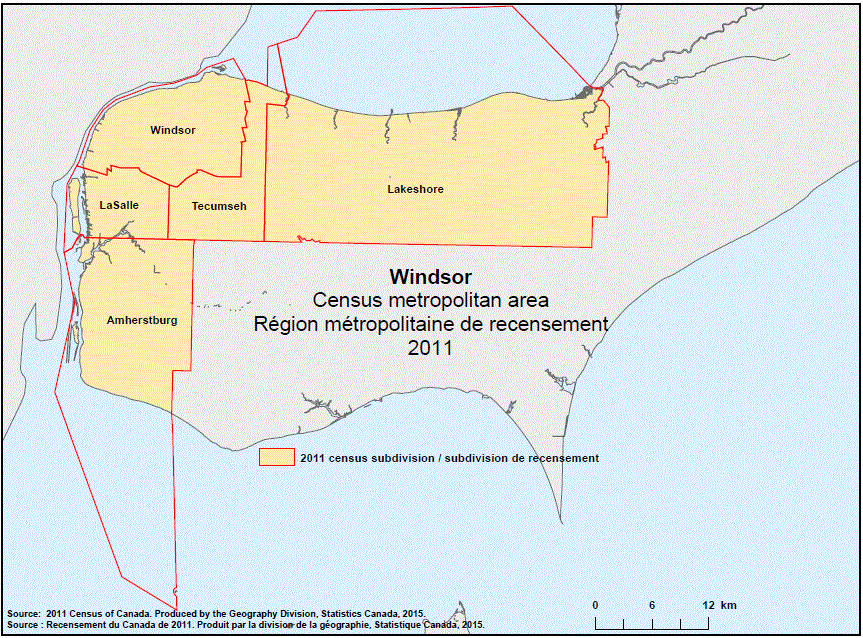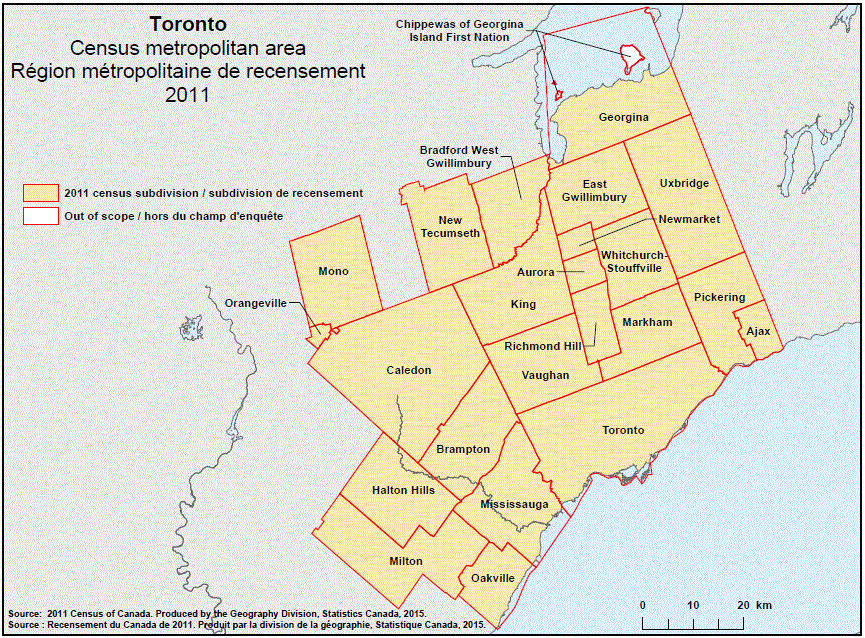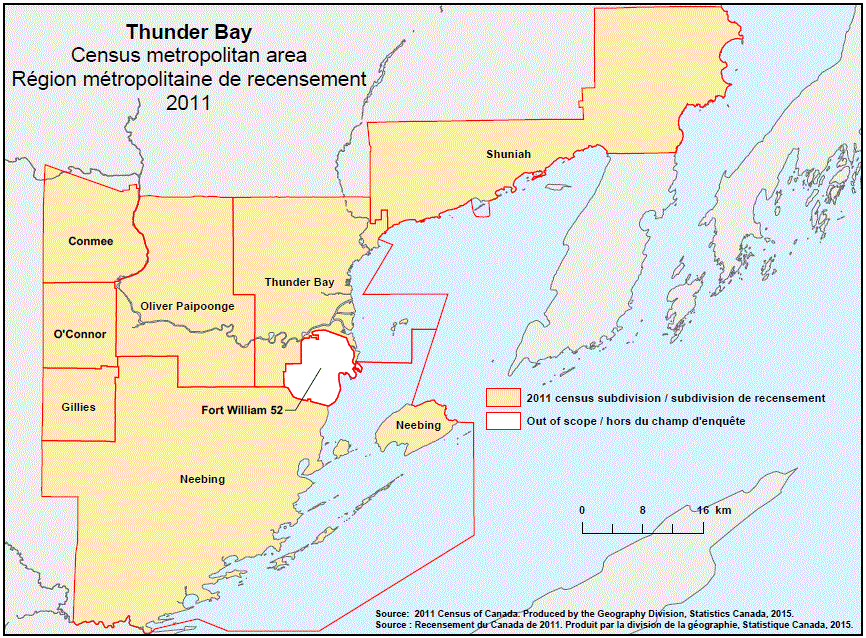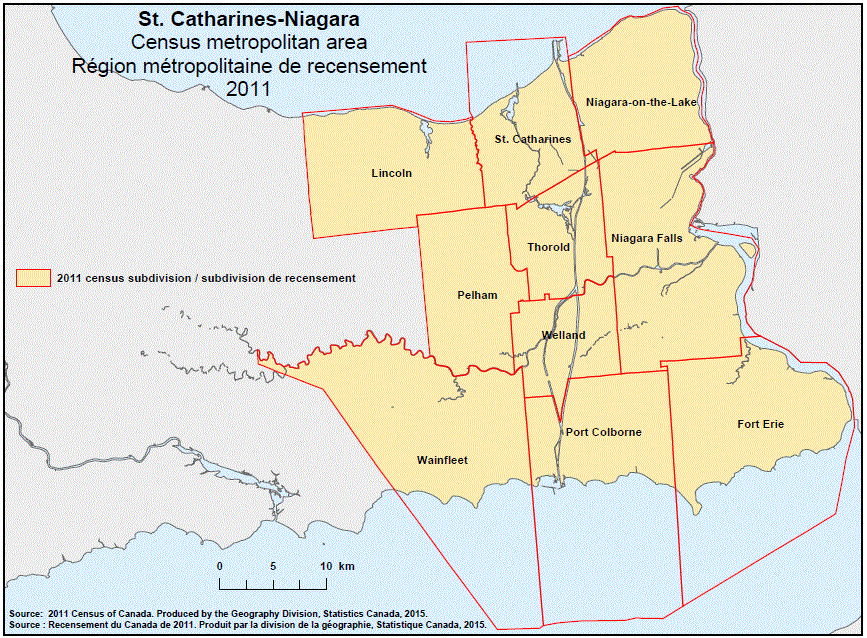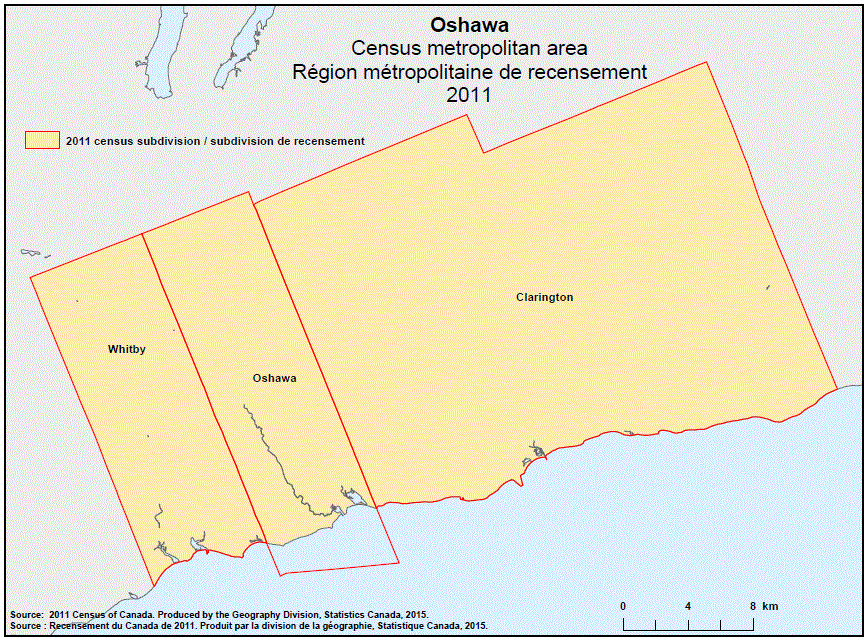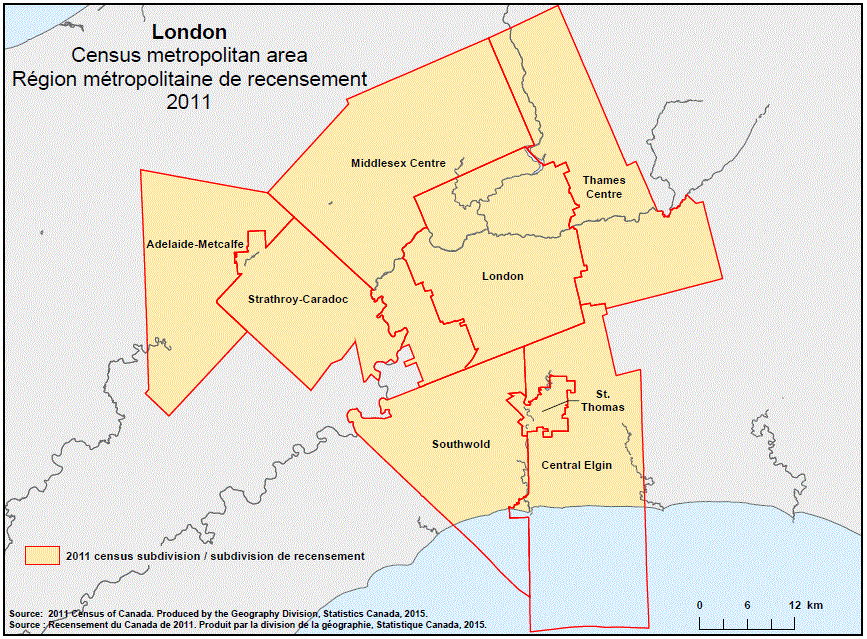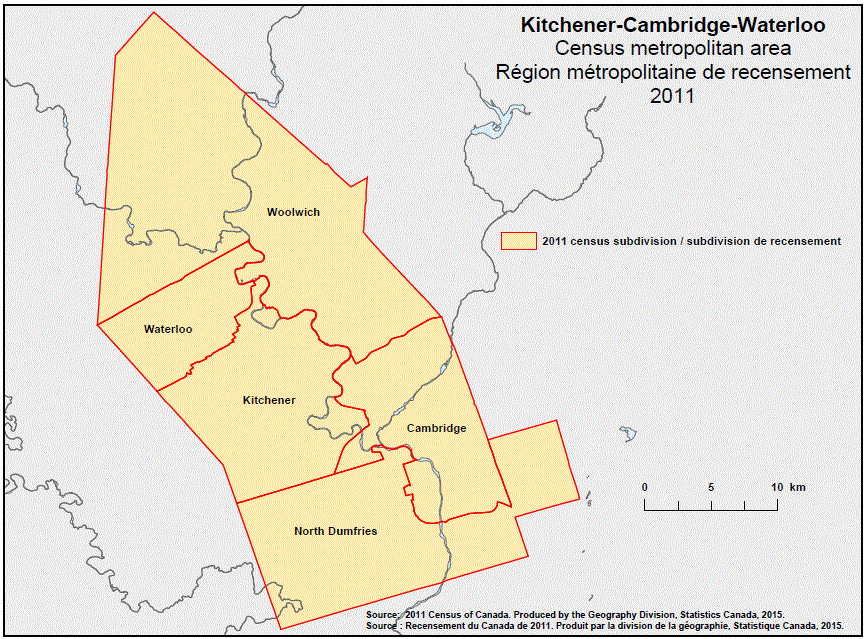Geographical map of the 2011 Census metropolitan area of Regina, Saskatchewan
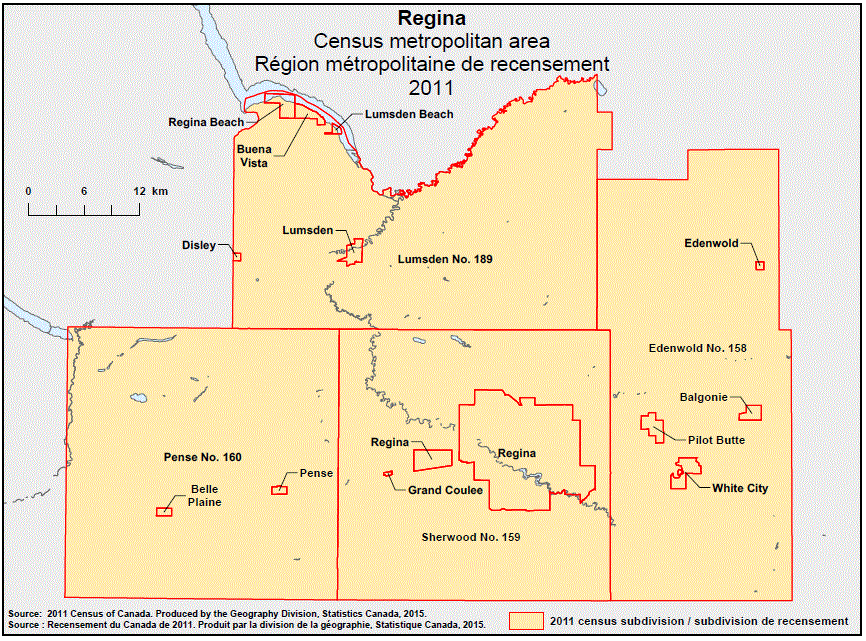
Geographical map of the 2011 Census metropolitan area of Regina, Saskatchewan. The following Census subdivisions are listed within this region: Balgonie, Belle Plaine, Buena Vista, Disley, Edenwold, Edenwold No. 158, Grand Coulee, Lumsden, Lumsden Beach, Lumsden No. 189, Pense, Pense No. 160, Pilot Butte, Regina, Regina Beach, Sherwood No. 159, White City.
Source:2011 Census of Canada. Produced by the Geography Division, Statistics Canada, 2015.

